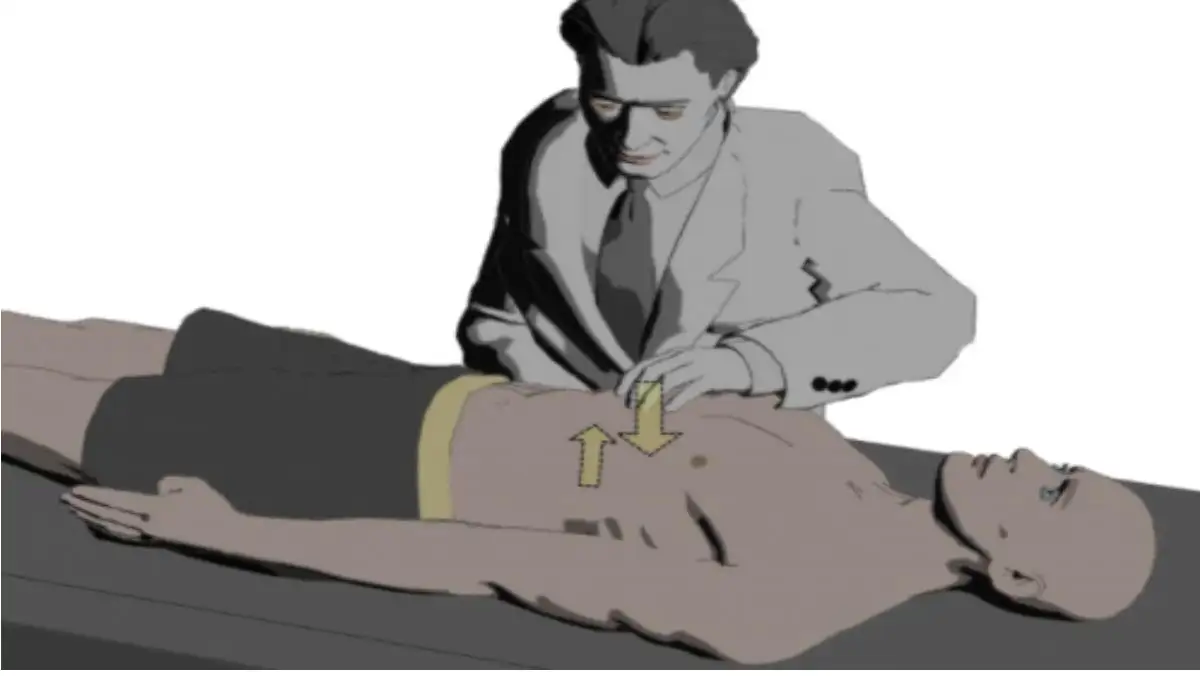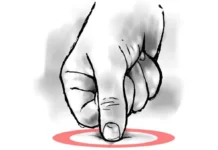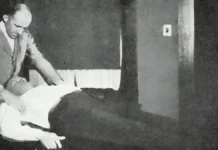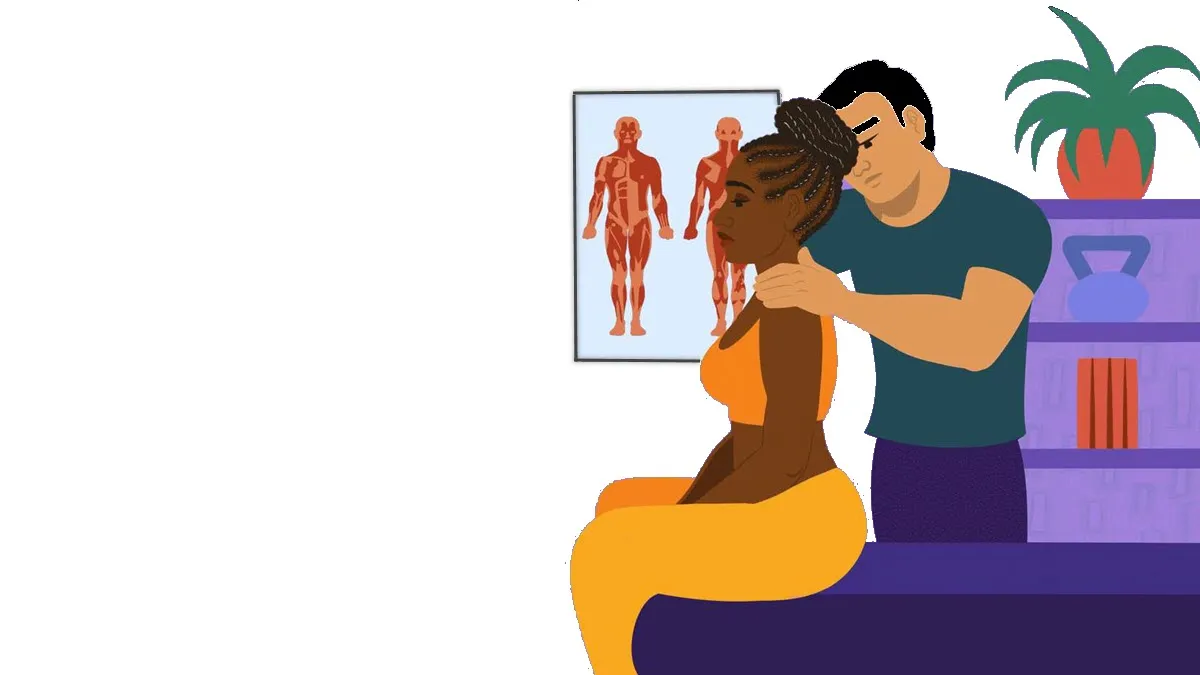The delicate balance between structure and function of the human body is at the heart of osteopathic philosophy. Among the many complex systems to consider, the hepatic and splenic pump emerges as a key player in the regulation of abdominal blood circulation.
Introduction
The hepatic and splenic pump, two essential elements of the abdominal circulatory system, play a crucial role in regulating blood and lymphatic circulation. In osteopathy, the emphasis is placed on the harmonization of these pumps to promote optimal circulation and thus contribute to the overall health of the body.
The hepatic pump, associated with the liver, is involved in pumping venous blood from the intestine to the liver, thereby facilitating the filtration of toxins and wastes. The splenic pump, linked to the spleen, is involved in the blood filtration process, contributing to the elimination of old red blood cells and maintaining cellular balance.
When these pumps do not work optimally, circulation problems can occur, leading to imbalances in the gastrointestinal system, liver and spleen. Osteopaths use specific manual techniques to assess and correct mobility restrictions in the abdominal region, aiming to restore balance to the liver and spleen pumps.
The objective of this osteopathic approach is to optimize blood and lymphatic circulation, thus promoting the efficient distribution of nutrients, the elimination of waste, and the support of the immune system. By restoring harmony in the abdominal region, osteopaths help create an environment conducive to optimal health.
This holistic approach to osteopathy, focused on the balance of the hepatic and splenic pumps, highlights the importance of smooth circulation for the body’s overall well-being. By working on these anatomical foundations, osteopaths aim to prevent gastrointestinal disorders, support liver function, and promote optimal overall health.
In this article, we will explore in depth the essential role of the hepatic and splenic pump in osteopathy, examining how practitioners use specific techniques to harmonize this pump, thereby promoting optimal blood circulation and contributing to overall health.
Understanding the Hepatic and Splenic Pump
Anatomy and Function
Before exploring osteopathic techniques, it is crucial to understand the anatomy and function of the hepatic and splenic pump. The liver, with its essential role in blood filtration, and the spleen, acting as a blood reservoir, form a dynamic tandem that influences abdominal venous circulation.
Osteopathic Principles Guiding Practice
Holistic Approach
Osteopaths take a holistic approach, viewing the body as an interconnected unit. In the context of the hepatic and splenic pump, this means assessing the mobility of not only the organs themselves, but also the surrounding structures, including the diaphragm, fascia, pelvis, and spine.
Mobility and Tissue Elasticity
Mobility and elasticity of tissues are fundamental principles of osteopathy. Osteopaths work to restore the natural mobility of organs, using gentle manipulations to release tension and promote smooth circulation.
Osteopathic Techniques for the Hepatic and Splenic Pump
Diaphragm Release
The diaphragm, a key muscle for breathing, is closely linked to the hepatic and splenic pump. Diaphragm relaxation techniques aim to restore its mobility, thereby improving its role in the process of pumping abdominal venous blood.
Gentle Organ Manipulations
Osteopaths apply gentle manipulations directly to the liver and spleen to improve their mobility. These techniques promote blood and lymphatic circulation, thus supporting liver function and venous dynamics.
Work on the Fascias
Fascia, the connective tissues surrounding the organs, are an important target in osteopathy. Fascia release techniques can be used to improve mobility of structures associated with the hepatic and splenic pump.
Balancing the Pelvis and Spine
Gentle adjustments to the pelvis and spine aim to ensure overall structural balance. This can promote better communication between the nervous system and abdominal organs.
Breathing Exercises
Osteopaths may recommend specific breathing exercises to strengthen the diaphragm, improving coordination between breathing and the liver and spleen pump.
Practical and Safety Considerations
Individualization of Treatments
Each patient is unique, and osteopathic techniques are adapted according to their specific needs. Osteopaths take into account medical history, symptoms, and individual responsiveness when choosing interventions.
Importance of Cooperation with Health Professionals
Collaboration with other healthcare professionals is essential. Before any osteopathic intervention, it is recommended to consult a doctor to assess the appropriateness of the manipulations, especially for patients with pre-existing medical conditions.
Indications Hepatic and Splenic Pump
- Digestive Disorders: Patients suffering from digestive disorders such as dyspepsia, bloating, or abdominal discomfort may benefit from balancing the hepatic and splenic pump. Optimal blood circulation in the abdominal area can promote more efficient digestion.
- Irritable Bowel Syndrome (IBS): People with irritable bowel syndrome may experience symptoms related to impaired blood flow to the abdominal area. Osteopathy can be used to promote relaxation of abdominal structures and improve organ mobility.
- Stress and Tension: Chronic stress can lead to muscle tension and affect the mobility of the abdominal organs. Osteopathy can be recommended to release tension, improve blood circulation, and promote a state of relaxation.
- Respiratory Mobility Problems: Breathing problems can affect the mobility of the diaphragm, which is closely linked to the liver and spleen pump. Osteopathic techniques can be used to improve mobility of the diaphragm and promote deep breathing.
- Support for the Immune System: Optimal blood circulation contributes to the proper functioning of the immune system. Osteopathy can be used to promote smooth lymphatic and blood circulation, thereby strengthening the immune response.
- Joint Mobility Problems: Mobility problems in the pelvis, spine, or adjacent joints can influence the hepatic and splenic pump. Osteopathic techniques aimed at restoring joint mobility can contribute to overall balance.
- Support after Abdominal Surgery: Patients who have undergone abdominal surgery can benefit from osteopathic techniques to promote recovery, reduce tissue adhesions, and restore organ mobility.
Contraindications of the Hepatic and Splenic Pump
- Recent Fractures: Patients who have recently suffered a fracture, particularly if it has not yet fully healed, may be contraindicated for certain osteopathic manipulations which could compromise the healing process.
- Acute Infections: Acute infections, such as bacterial or viral infections, may be a temporary contraindication to certain osteopathic procedures. It is best to wait until the infection has resolved before proceeding with any manipulations.
- Serious Vascular Problems: Patients with serious vascular problems, such as aneurysms or blood clotting disorders, may require an especially cautious approach. Inappropriate osteopathic manipulations could worsen these conditions.
- Severe Cardiac Problems: Patients suffering from serious cardiac problems may be sensitive to hemodynamic changes induced by certain osteopathic manipulations. A thorough assessment is necessary before any intervention.
- Herniated Discs: Patients with herniated discs, particularly if they are acute or severe, may require a cautious approach to avoid worsening the condition.
- Severe Bone Conditions: Severe bone conditions, such as advanced osteoporosis, may require a particularly gentle approach to avoid fractures or complications.
- Risky Pregnancy: Although osteopathy may be beneficial for some pregnant women, precautions are necessary, particularly for pregnant women with risks or complications.
- Acute Respiratory Problems: Acute respiratory problems, such as serious chest infections, may be a temporary contraindication to certain techniques, especially those that involve the diaphragm.
Hepatic Pump (lymphatic drainage)
Position yourself on the right side of the patient who is lying down, standing close to the lower chest and facing the head.
- Slide your left hand under the patient’s lower ribs, while your right hand places on the abdominal wall just below the costal margin.
- Ask the patient to perform a deep breath while locating the lower border of the liver with the fingertips of your right hand.
- As the patient exhales, gently guide your fingers through the liver and under the rib cage.
- Once again, ask the patient to take a deep breath. This time, as you exhale, use a vibrating movement with your right hand on the liver, making approximately 20 movements per minute, for a period of 1 to 2 minutes.
- Repeat this procedure three or four times, penetrating a little deeper below the costal margin with each repetition, while remaining close to the liver.
These steps can be repeated for a total of three to four cycles, with gradual progression in penetration below the costal margin with each iteration.

Splenic and hepatic pump (alternative)
Opt for an alternative method of liver pump stimulation by placing the patient on the left side, with the hips and knees flexed to provide body stability.
- Take a position behind the patient’s chest while facing their feet on the table.
- Instruct the patient to place their right hand on the back of your right shoulder.
- Arrange both hands on the lower ribcage, left hand in front and right hand in back, with thumbs meeting in the axillary line.
- Lean back slightly, widening the rib cage while increasing arm abduction. At the same time, ask the patient to perform deep breathing.
- When the patient exhales, apply vibrating pressure to the rib cage to stimulate the liver, thereby generating a pumping effect.
This technique can also be adapted to target the splenic area by positioning the patient on the right side, while you sit behind them on the left side of the table.

Conclusion
The hepatic and splenic pump in osteopathy offers a rich framework for understanding and optimizing abdominal blood circulation. Thanks to specific techniques aimed at improving the mobility and elasticity of tissues, osteopaths contribute to the harmonization of this essential pump, thus promoting optimal health. By integrating these principles into osteopathic practice, professionals seek to balance the body as a whole, emphasizing the importance of mobility for a life well lived.




















